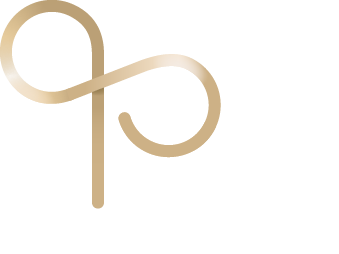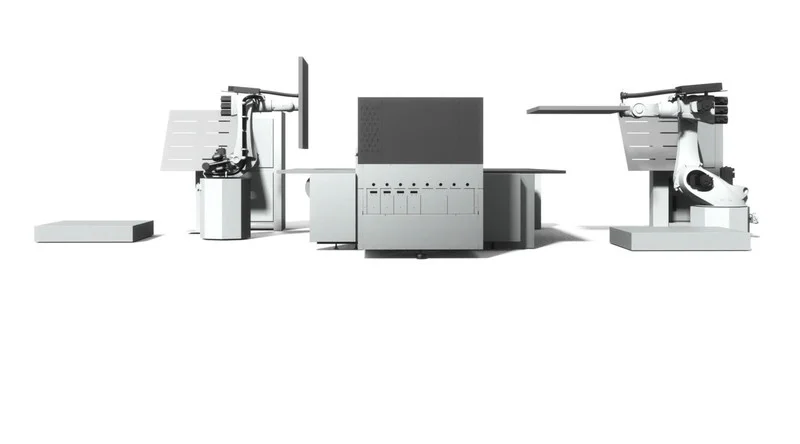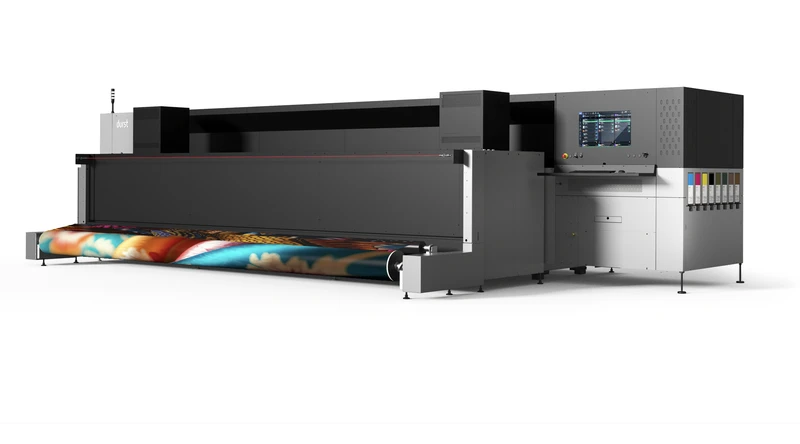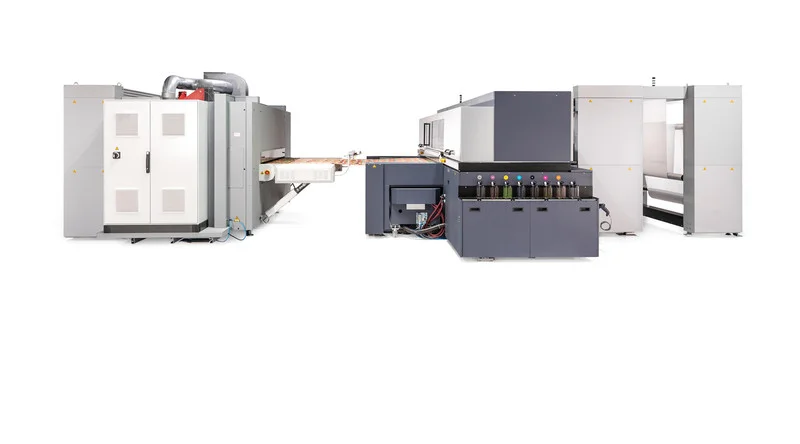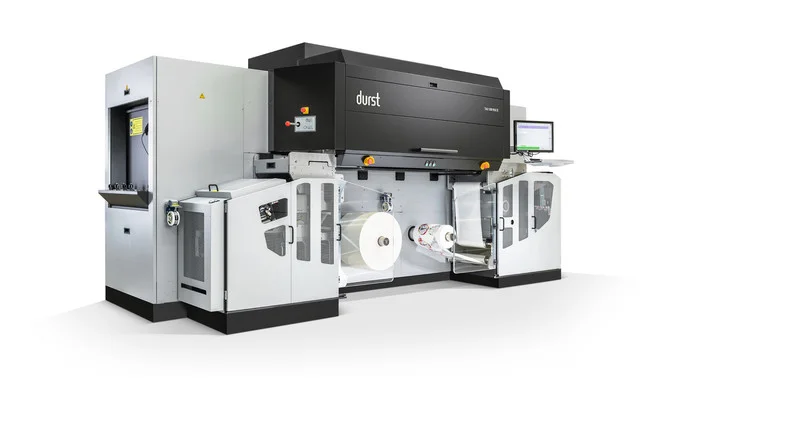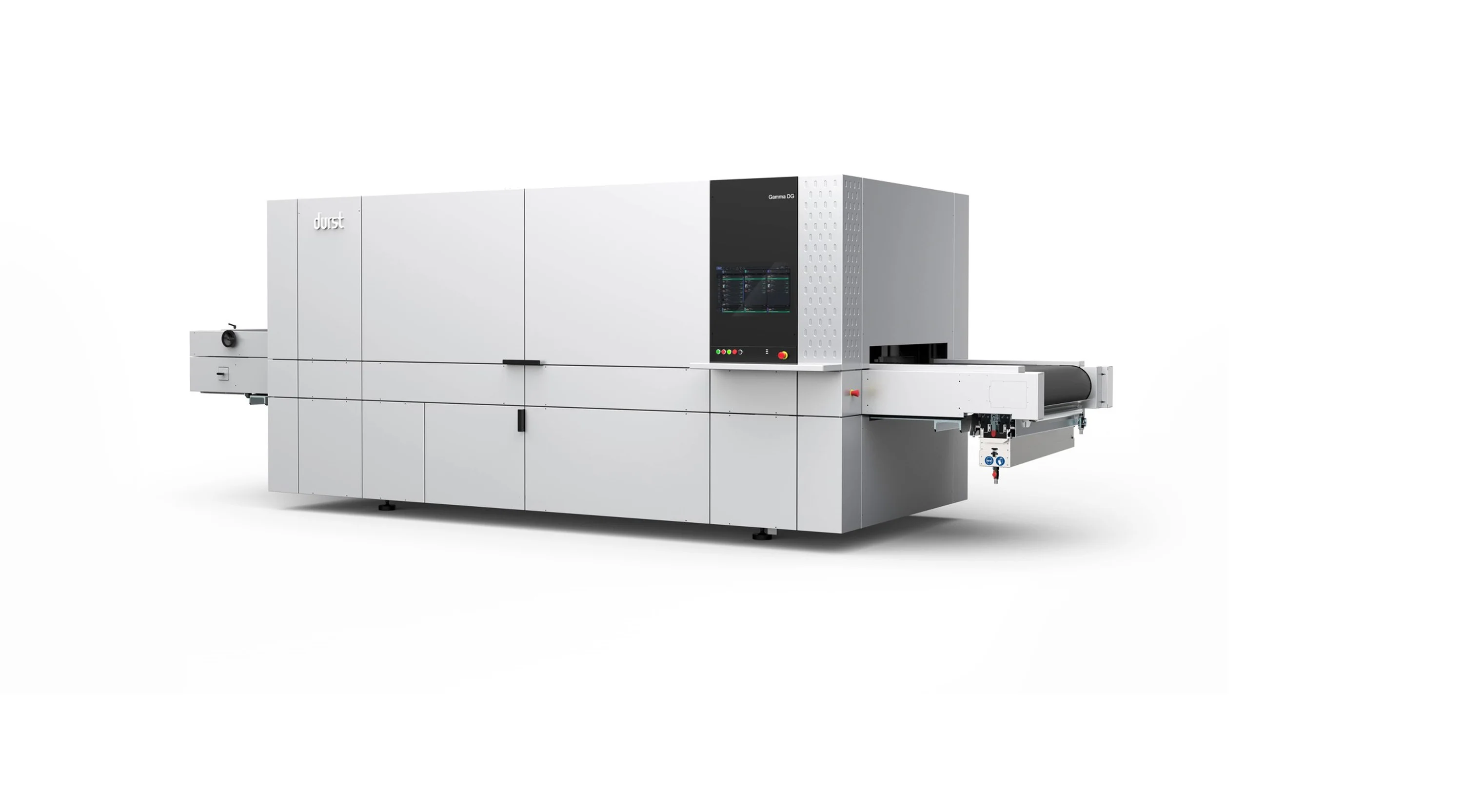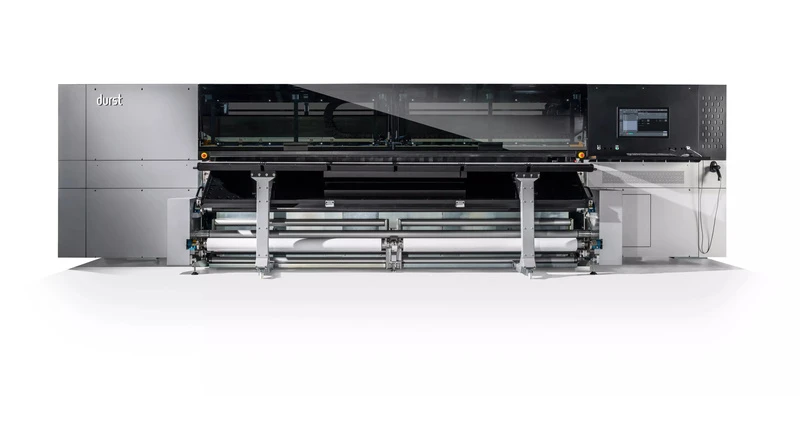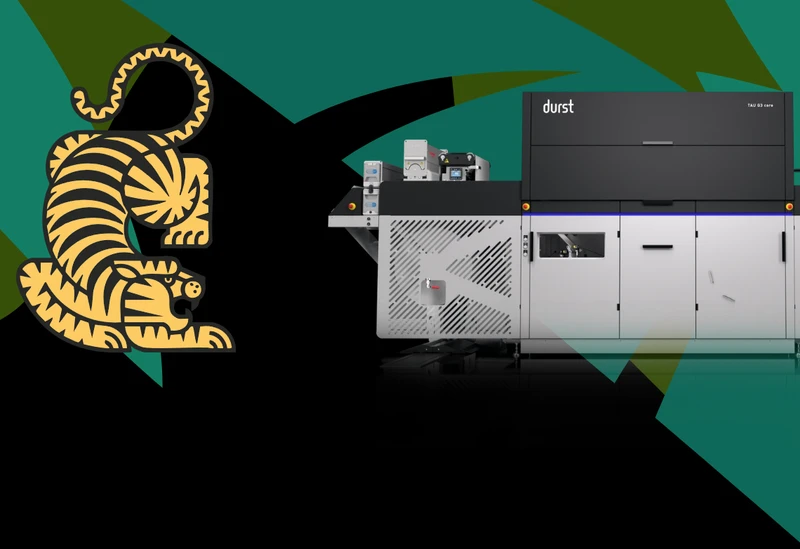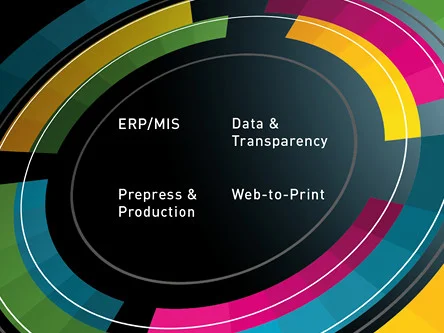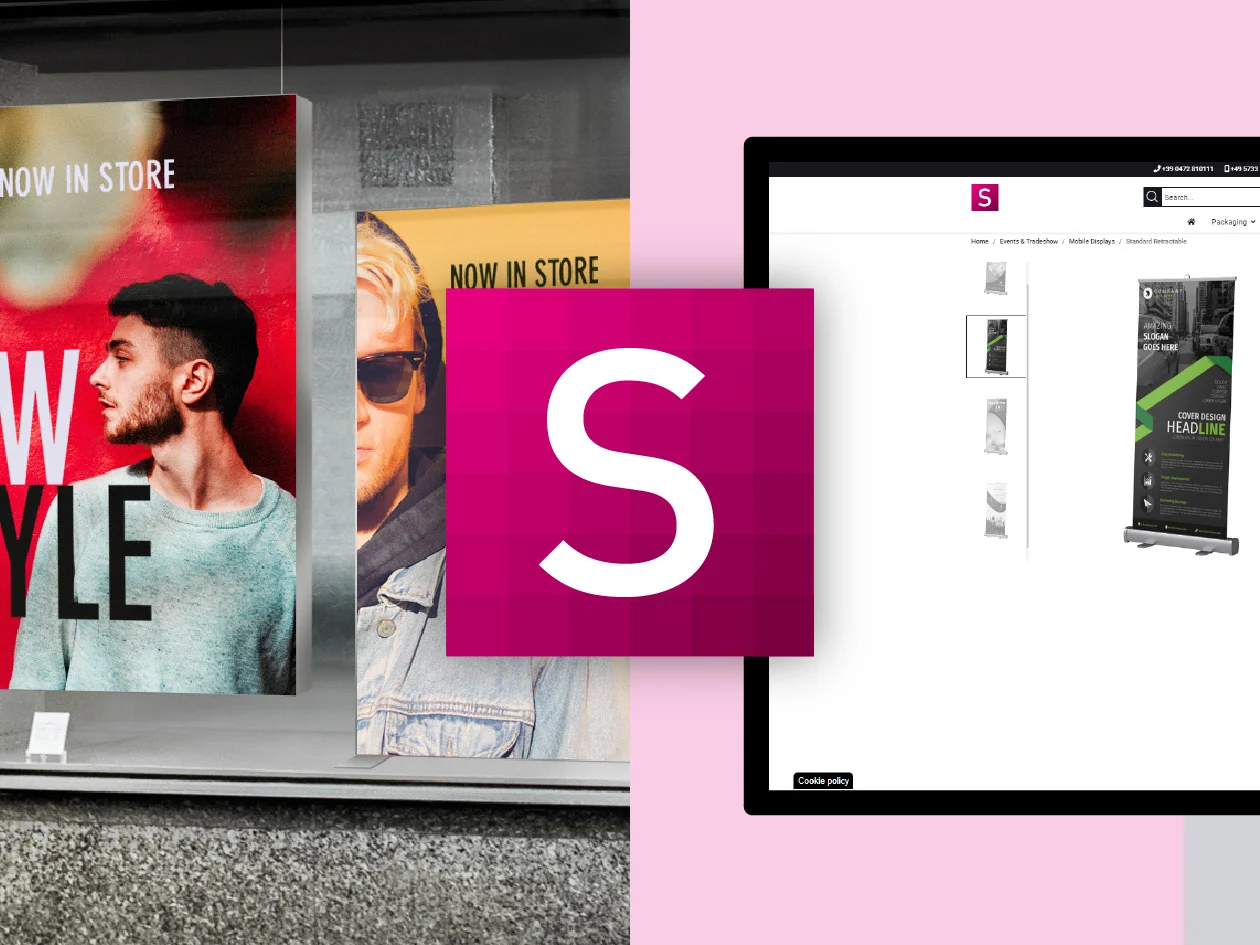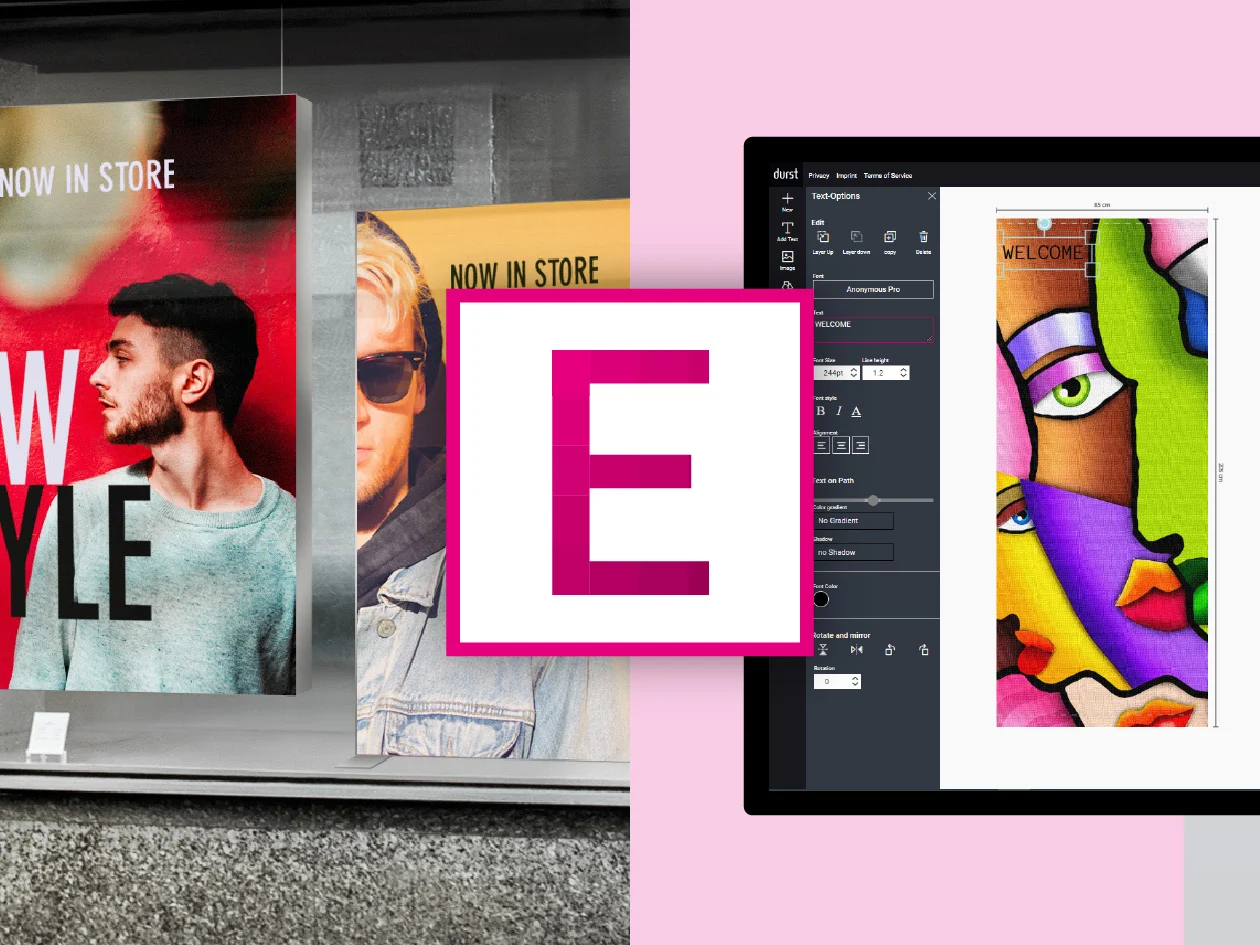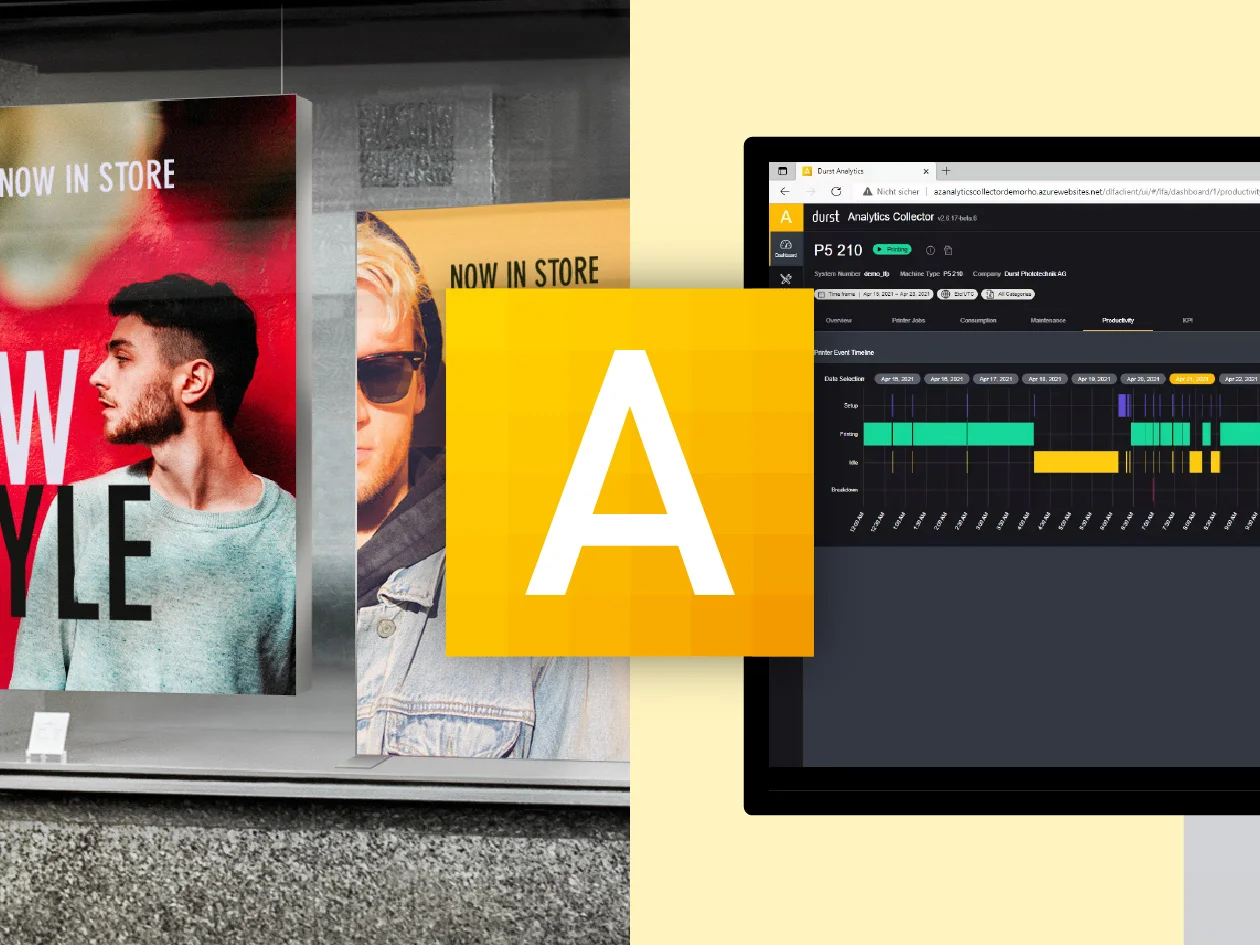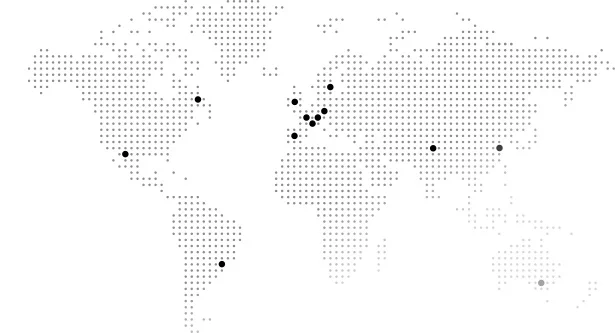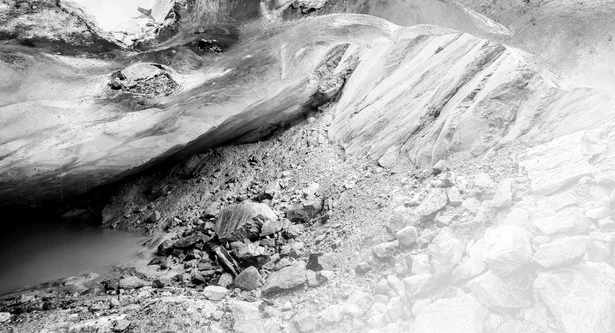Durst Workflow – “Greater fluidity and agility between the prepress and production phase”
SUCCESS STORY
"What is most significant for me is the speed of ripping, the Double-Sided Management, Shape Nesting and the interaction of Durst Analytics with Workflow although I still don't have everything at 100%. Also, I liked the multiple options of white ink management, and color profile management. In general, it is much more refined and intelligent. My congratulations, and that they continue to 'hitting it hard', that surely can always be improved." - Carlos Javier Fernández Durán, Production Manager, Diagonal 80
1. Why did you decide to look for a prepress and production tool like Durst Workflow? Can you share background on your company and specific needs or challenges you were facing?
Diagonal 80 already has 33 years of history. We have always been committed to innovation. In fact, we started in 1989 with digital photomechanics, which combined work on Macintosh computers with high-resolution camcorders and scanners and, anticipating market trends, we decided to pioneer the nascent digital printing. Innovation, therefore, has always been something that has always characterized us, and, at the moment, we are a multipurpose printing services company, in which POS production has remarkable weight.
In 2019, we started to familiarize ourselves with Durst Workflow. Since then, its use has been extended in Diagonal 80. The continuous innovative effort by Durst, with constant updating and improvement of the tool, has had a lot to do with it. With each update, its functionalities have increased dramatically. Durst Workflow now offers important advantages over other prepress software and production flows. Among them, agility, reliability and precision, and its ability to simplify processes.
In our case, above all it plays a fundamental role in prepress, but the logical development of the use of the tool is that it acquires more prominence in terms of production management.
2. What are your favorite features in Durst Workflow? How have these features improved your printing processes or overall operations?
Durst Workflow offers some functionalities, which more than meet expectations in terms of agility and simplification of processes. Among them, I would highlight the operation of the Double Side, the Day & Night function, the 'Shape Nesting'. However, it offers many other possibilities that, without a doubt, facilitate secondary tasks, for example, it stores all the files in a library that allows you to have at hand those that have already been deleted from the machine.
In our case, we have optimized our entire production process, but, without a doubt, the tool allows us to save time and gain precision in prepress tasks, which usually take a lot of time. For example, I can upload to the Workflow a PDF, multipage file, and include the cutting or folding lines that we have created very quickly, comfortably and automatically, and art finish the document very easily. Even the tool allows adding bleed, using the same image as a mirror or extending it directly, without having to open any graphic editing tool. Nesting, panelling, file analysis... all these tasks are performed quickly and accurately.
3. What advantages have you gained from implementing Durst Workflow in your company? How has it positively impacted your productivity, efficiency, or business performance?
Implementing Durst Workflow has eliminated the most tedious tasks regarding the preparation of files, as well as possible human errors. It provides greater fluidity and agility between the prepress and production phase. These are some of the advantages and, of course, this results in greater efficiency in our work and allows the production team to always focus on the most important issues for Diagonal 80: efficiency and quality.
4. How has the integration between Durst Analytics and Workflow benefited your company? Have you gained any valuable insights or made data-driven decisions as a result?
We can still exploit much more in the Analytics and Workflow integration. We have been familiarizing ourselves with the Analytics tool for almost a month, already I can say that it is very intuitive and allows us to easily control operating time, production times. In the DNA of Diagonal 80 there has always been a strong focus on data-driven decision making... and in quality. So, I think, over time, this tool will play an increasingly important role in terms of business.
5. What are your thoughts on the color management capabilities of Durst Workflow? How has it helped you achieve accurate and consistent color reproduction?
The tool has a good colour engine. I have never had a problem with colour inconsistency or lack of accuracy with any client, and this is the best indicator to know how it works. In addition, the information it provides about the percentages of the profiles is also very accurate and, although our clients do not usually request it, it gives us a lot of confidence.
6. Has using Durst Workflow resulted in any cost savings or improved resource allocation within your company? If so, could you provide any examples or quantify the impact?
Of course, thanks to its nesting functionalities, among others, it minimizes material waste and also optimizes certain tasks, which allows us to focus on the issues that are really important and to optimize processes.
As an example, occasionally we have received a job from a client that involved the completion of 60 PDFs, of which between 50 and 125 copies of each had to be made in A3 and A2. The automatic application of the cutting lines and blood (using the option to "stretch" the contents) saved us approximately four hours of manual work.
7. How would you rate the support provided by Durst throughout the implementation and utilization of Durst Workflow?
We would like to congratulate the software people at Durst for the involvement they have shown with the evolution of this tool. We hope that they continue to make improvements, although the tandem "P5 - Workflow" is very good today.
8. What are your company's future plans or next steps?
Since transformation and innovation are objectives that we do not lose sight of, we will continue to focus on optimizing processes and, of course, maintaining our demanding quality standards in all aspects.
